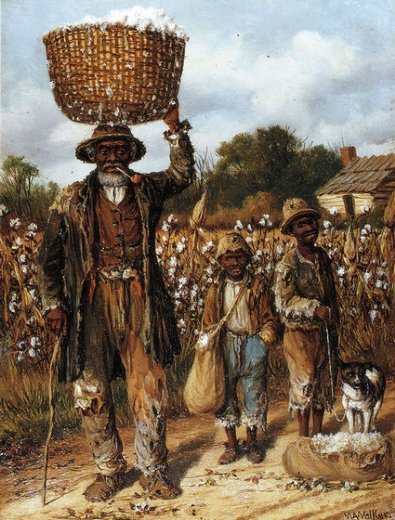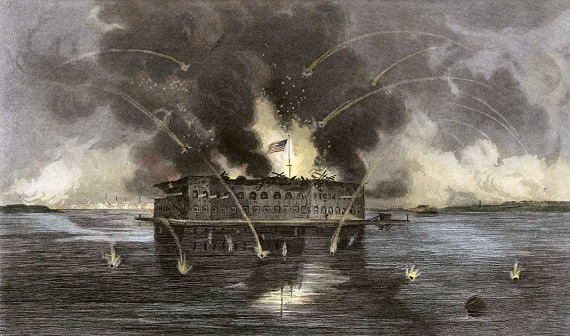What happened in the unseen labyrinth to which the pneumatic tubes led, he did not know in detail, but he did know in general terms. As soon as all the corrections which happened to be necessary in any particular number of ‘The Times’ had been assembled and collated, that number would be reprinted, the original copy destroyed, and the corrected copy placed on the files in its stead. This process of continuous alteration was applied not only to newspapers, but to books, periodicals, pamphlets, posters, leaflets, films, sound-tracks, cartoons, photographs — to every kind of literature or documentation which might conceivably hold any political or ideological significance. Day by day and almost minute by minute the past was brought up to date. In this way every prediction made by the Party could be shown by documentary evidence to have been correct, nor was any item of news, or any expression of opinion, which conflicted with the needs of the moment, ever allowed to remain on record. All history was a palimpsest, scraped clean and reinscribed exactly as often as was necessary.
Thus Orwell described the pneumatic tubes that fed the “memory hole” into which all of unwanted history, all facts and figures that were currently in disfavor, were consigned to the deep dark fires and erased for good.
And now, mimicking that total totalitarian state, a whole rabid movement wants to put first slavery, and then the Confederacy, down that same hole. These are currently in disfavor with this crowd and by toppling statues and renaming schools it plans to erase them from history.
Of course that may not be quite so simple. Eliminating a statue may eliminate the occasion for a thought that might discomfort, but it will hardly eliminate the fact that causes that discomfort. Suppose all the statues are consigned to museums to which these people will never go, and all the schools, streets, parks, buildings are now named after different heroes now in favor with these people, is slavery omitted from history and no record of it to be found, calming the fluttering hearts that are outraged at the thought of it, will the Confederacy never have been, easing delicate minds that are pained by its memory?
I think that would take some supreme act of mental and emotional distortion to achieve.
Let’s look at slavery first. It is an institution that has existed in all civilizations, just as armies and aristocracies, from the beginning of history. The Egyptians, the Greeks, the Romans, the Russians all had slaves, and it was they that built the great monuments that are the lasting images of those societies. (Tear down the pyramids, the Parthenon, the Coliseum, and then of course those civilizations will be forgotten, and good riddance, too.) The trans-Atlantic slave trade of the 16th-19th centuries fostered slave societies throughout the Americas, of which that in the U.S. was a minuscule part: at its height slavery in this country accounted for only about 5 percent of the Africans who had been brought to the Americas, the great bulk of whom were sent to Brazil and the Caribbean. (And where, incidentally, they were emancipated without any warfare.)
And just so that you know that it was not some sort of peculiar historical anomaly, slavery exists today. According to an Australian Walk-Free Foundation, which studies such things, there are 30 million people today in slavery–forced laborers, forced sex workers, forced child marriages–in 162 countries, more than any time in the past. Most are in Africa, proving that it is not inherently racist, and in India, but surprisingly there are some 60,000 in the United States, sex workers as well as illegal immigrant laborers forced to work or be turned over to authorities. Not only an ancient institution but an enduring one.
Slavery by its nature involves violence, one person controlling another. But in certain instances, as generally in Greece and sometimes in Rome, slaves were treated with a certain benevolence, a magnanimity even, so as to promote good work and faithful service even while holding them as property. In the U.S. South the record is spotty, but it is clear that in general it paid plantation owners to keep their charges healthy and willing, and not to keep them from the fields with physical cruelty or impinge or their labors with physical injury; they were fed, clothed, and housed (albeit on a second-rate level) and given medical care. Life expectancy was fairly high–after all, slaves might cost the equivalent of $40,000, so it made sense to keep them living as long as possible–and, like illness in general, it declined sharply after the war. Moreover, it was common for slaves to operate with gang-style labor, the foremen being slaves themselves, and in the case of rice plantations, the whole operation–like the opening and closing of sluices–was entirely in the hands of slaves, who knew the workings better than the owners did.
In the American case, it is important to realize that slavery was an institution that formed the backbone of the economy of the entire country since its foundation, nurtured by the North as well as the South–Northern shipowners created and enriched themselves on the slave trade and the subsequent cotton trade to the North and England, and the national government depended on Southern prosperity for some three-quarters of its budget in the antebellum years. It was an efficient economic system, and it was the primary engine that made the U.S. the fifth-largest economy in the world.
As for the Confederacy, it was created so as to prolong that economy and prevent anyone from destroying it. It was a well-thought-out polity, with a constitution better than the nation’s in many respects, it would have served the South well if it had been allowed to continue, and there’s a good argument that it could have eventually replaced slavery with a wage system, gradually and with compensation, without a diminution of its economy–and indeed the only institution that could have done so.
To call it racist is really to extend that term beyond meaning. It was certainly built on the belief that blacks were meant for labor, and as workers they were indeed more efficient and profitable than white laborers in the North, but blacks were an intimate part of plantation life, most particularly in the main house, and blacks and whites grew up together, sometimes worked together, and often prayed together. The racism in the North, where blacks were unwelcome and ill-treated–the race riot in New York in 1863, when some 120 blacks were murdered, is illustrative–was far greater and deeper than anything in the South.
Take all the statues down, rename everything connected to the South, and you will still not erase that history. It is important history, and knowing it does not promote but rather serves to diminish racism.







